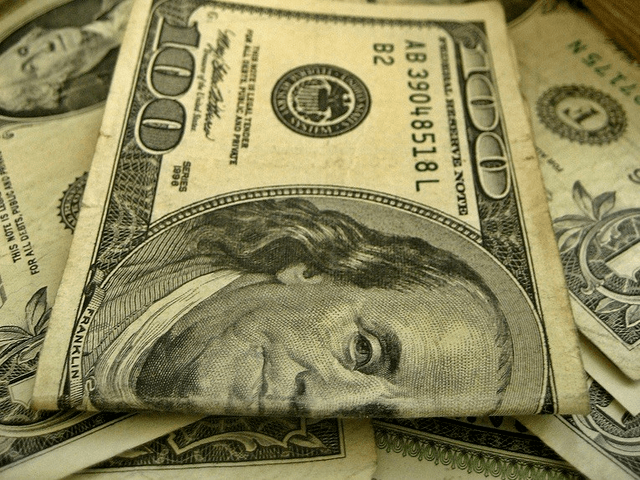Economists surveyed this month by the Wall Street Journal raised their forecasts of how high inflation would go and for how long, compared with their previous expectations in April.
The WSJ survey showed economists surveyed have lifted their forecast for inflation in the last three month period. The respondents detailed on average they now expect to see a widely followed measure of inflation.
Respondents said Americans should “expect a widely followed measure of inflation, which excludes volatile food and energy components, to be up 3.2% in the fourth quarter of 2021 from a year before.” In 2022 and 2023 they forecast the annual rise will slightly lower to 2.3 percent.
On average, the annual increase would be 2.58 percent from 2021 to 2023 hitting levels not been seen since 1993, according to the WSJ.
The Naroff Economics LLC Chief Economist Joel Naroff said, “We’re in a transitional phase right now.” He added, “We are transitioning to a higher period of inflation and interest rates than we’ve had over the last 20 years.”
Naroff and other respondents had described the shifting rates as a “generational shift from the lower inflation of the past two decades.”
Biden buyer's remorse sets in as inflation soars, millions remain jobless, the border is in crisis, and crime is on the rise. https://t.co/Og3Acp3WF5
— Breitbart News (@BreitbartNews) June 13, 2021
Moves like these could possibly create new types of challenges for households, the survey said. However, policymakers and investors were exacting the eventual rate to be much closer to two percent.
If the economists from the survey are right, officials from the Federal Reserve will have to reportedly raise rates a lot sooner than later if they plan to keep inflation under control.
The survey added, “The Fed’s preferred inflation gauge—the overall PCE index, which includes food and energy prices—rose 3.9% in May, nearly double the central bank’s 2% target.”
A recent report released by the Fed said “inflation has picked up this year due to bottlenecks, hiring difficulties and other “largely transitory factors” related to the economy’s rebound from the effects of the pandemic.”
The report also said most of the officials believe the “inflation would decline to around 2% over the next two years, though there was greater uncertainty over how quickly they might need to raise interest rates to get inflation there.”
However, in March, officials had expected they would hold rates steady through 2023.
Grant Thornton Chief Economist Diane Swonk said, “Inflation is expected to surge longer and longer—longer than the Fed previously thought.” Swonk added, “The Fed is now likely to raise rates in the first half of 2023, although some Fed presidents will be nipping at the bit to move sooner.”
Biden Inflation Nation: The Consumer Price Index climbed 4.2 percent annually in April. Compared with March, prices rose 0.8 percent. https://t.co/o7kPRyVbpH
— Breitbart News (@BreitbartNews) May 12, 2021
Fifty-Eight percent of the respondents said they did not see the Fed raising the interest rates until the second half of 2022.
Some of the respondents have also said the Fed could be moving too slow.
The survey from WSJ was conducted from July 2 to 7. The survey had asked 64 business, academic and financial forecasters, WSJ noted not all of the participants responded to every question.

COMMENTS
Please let us know if you're having issues with commenting.